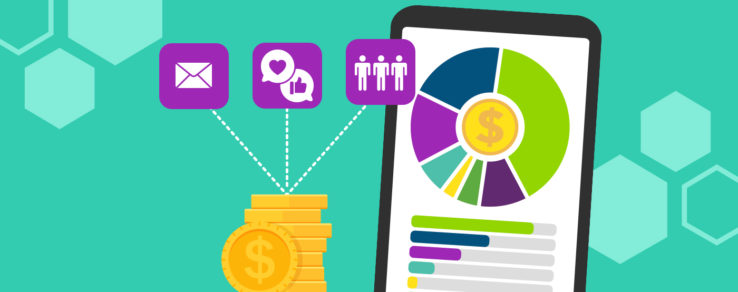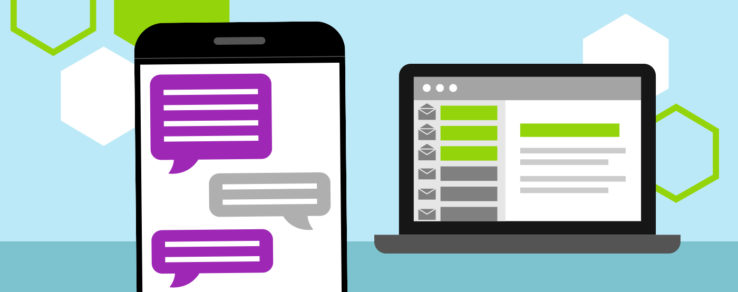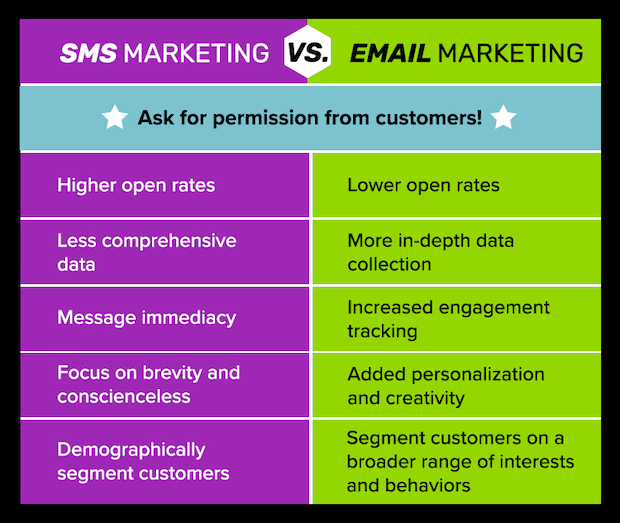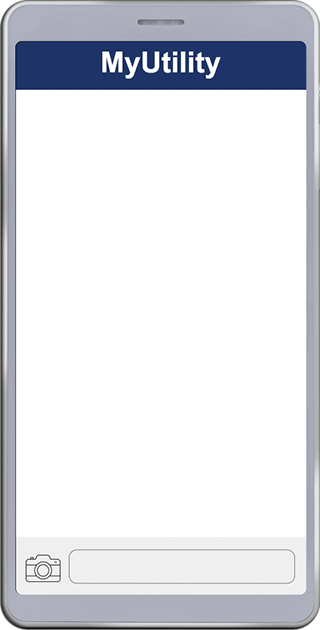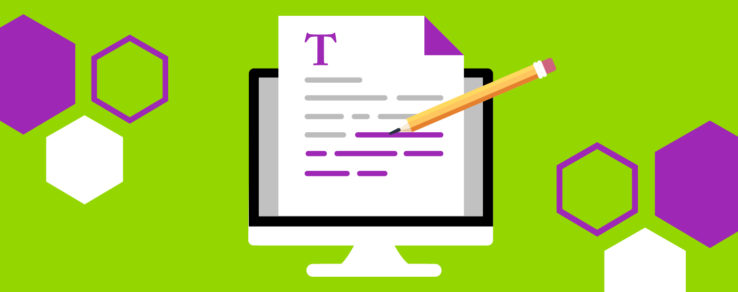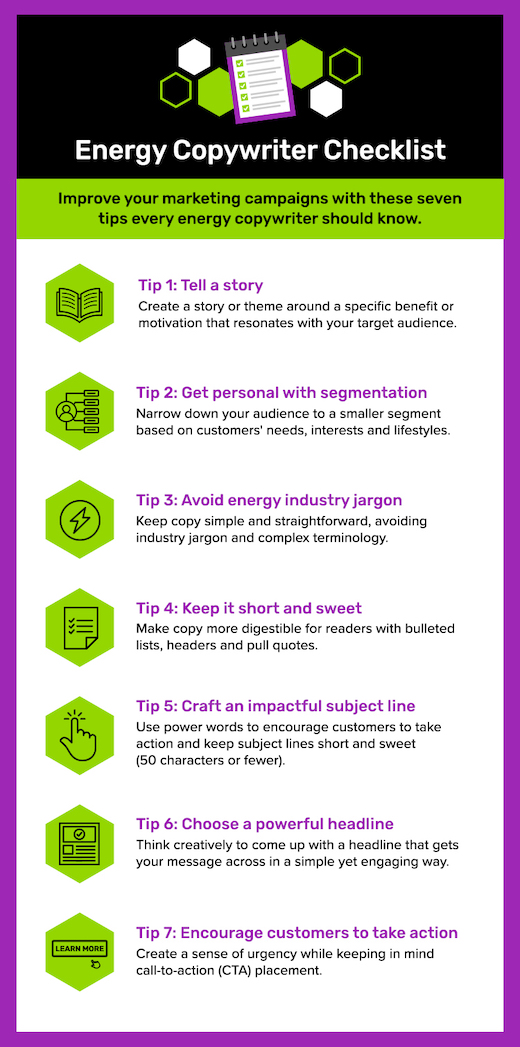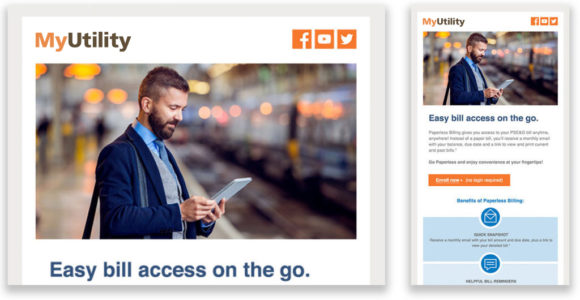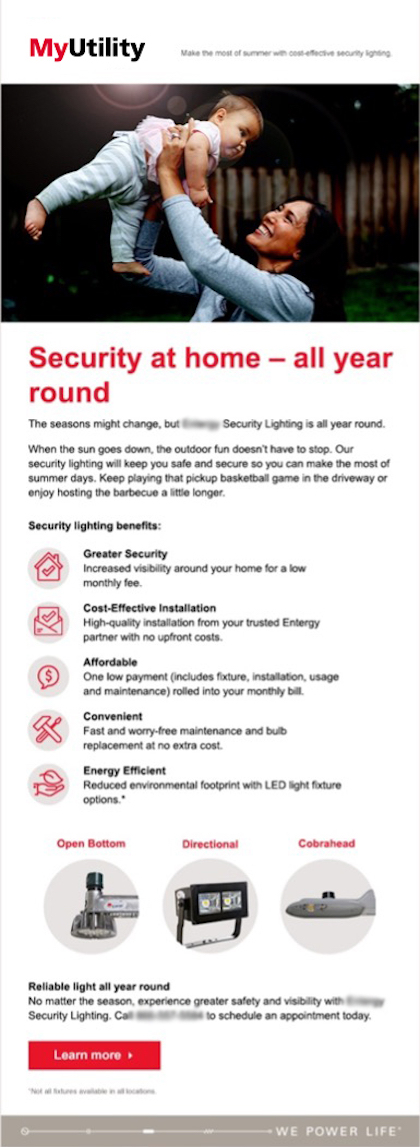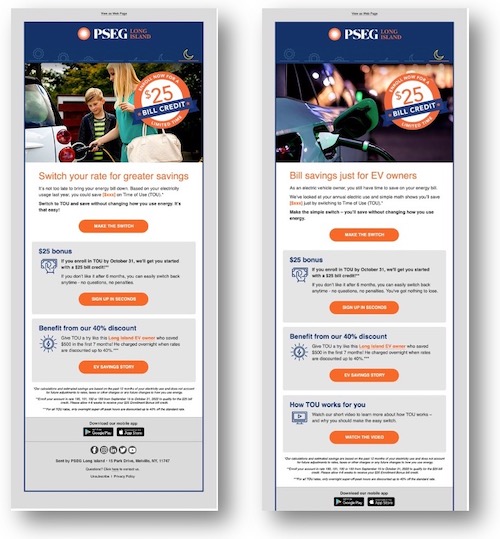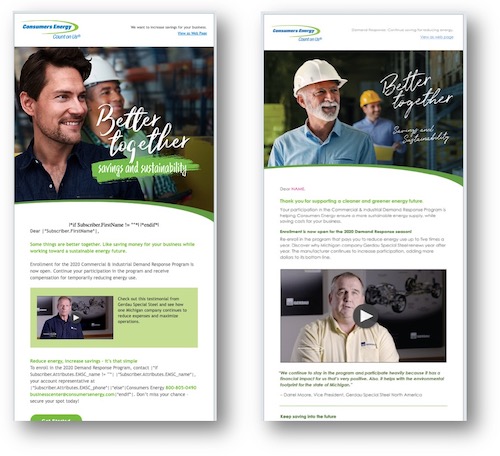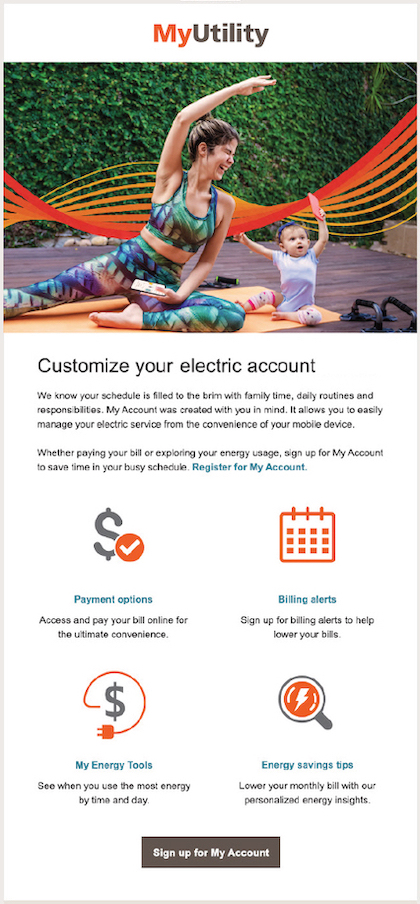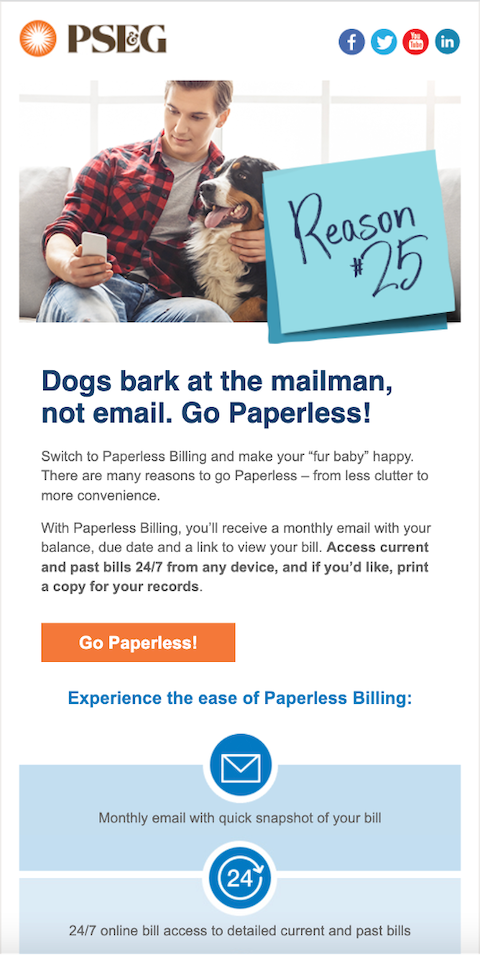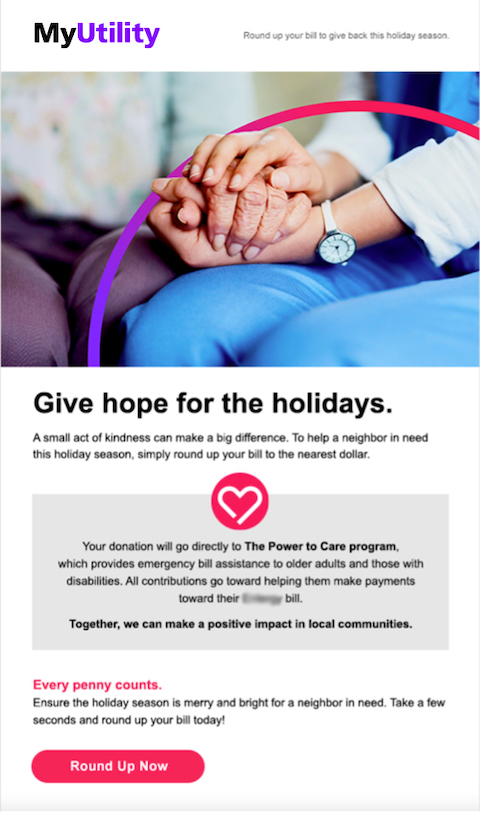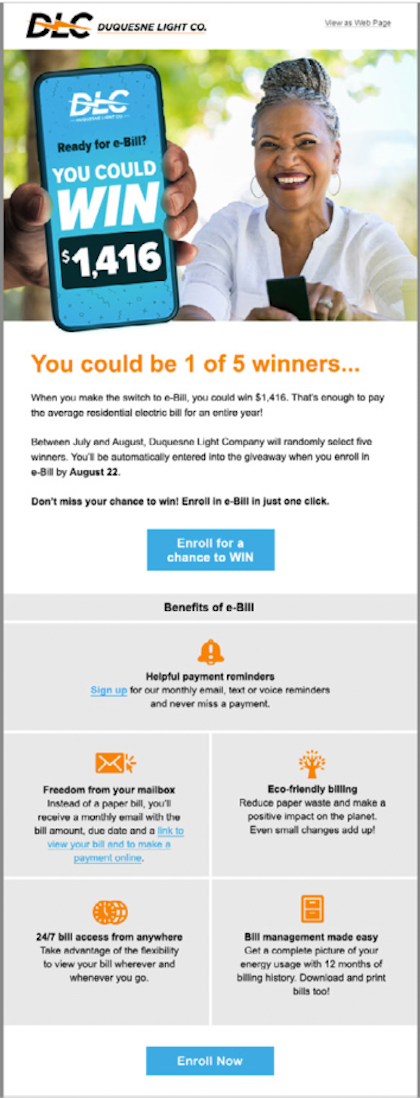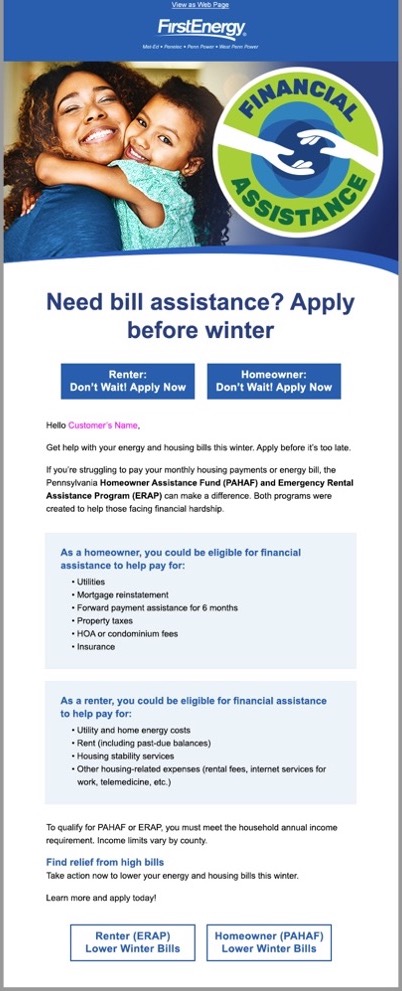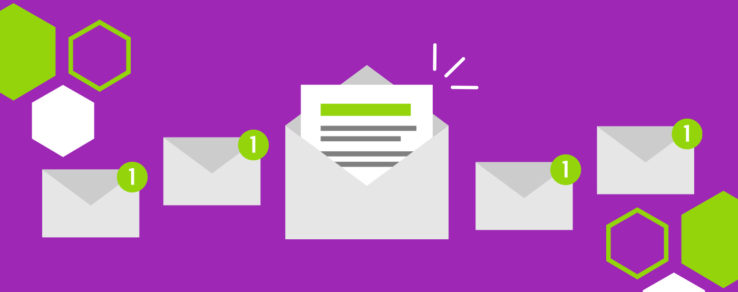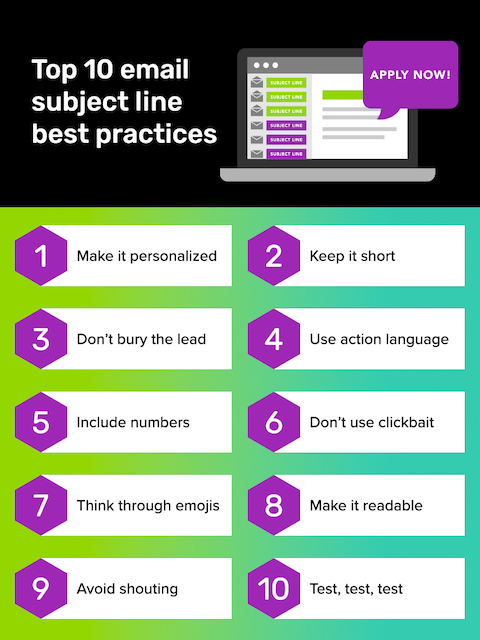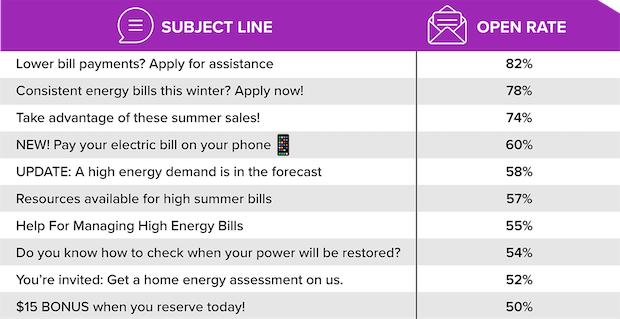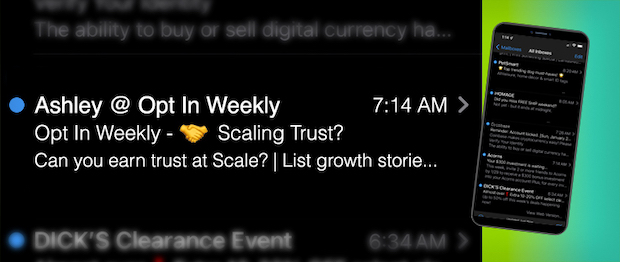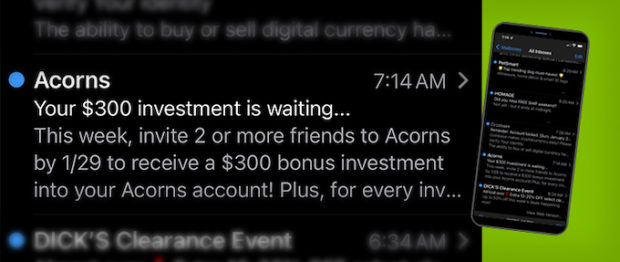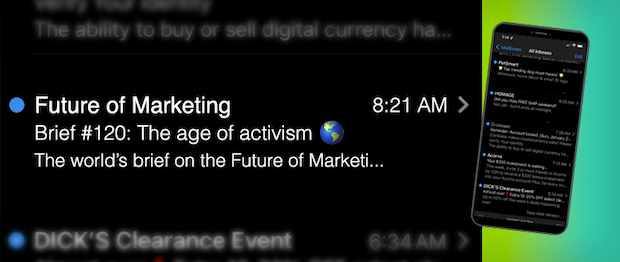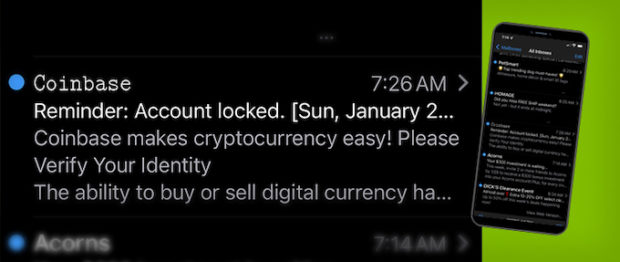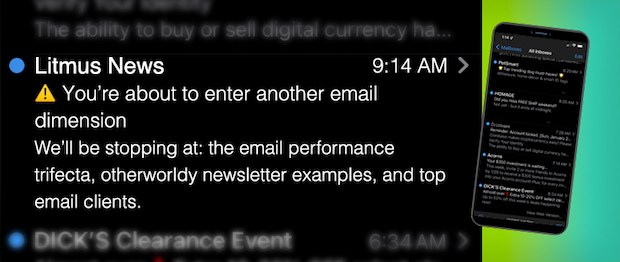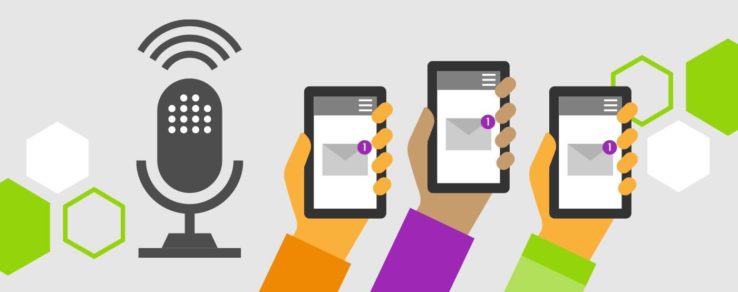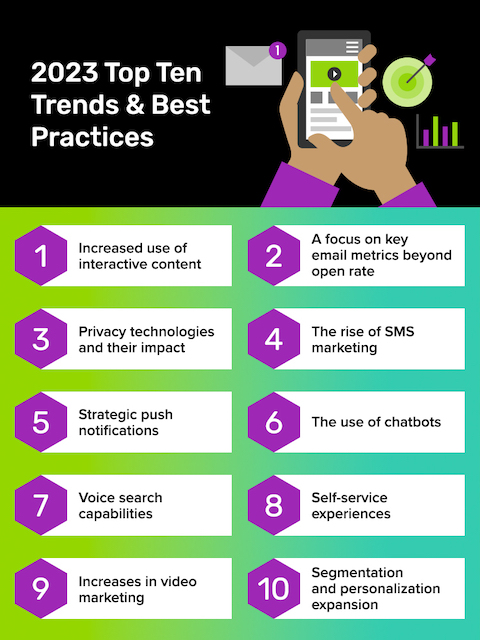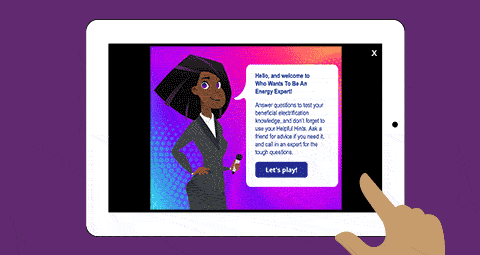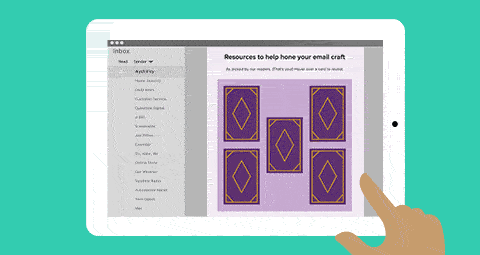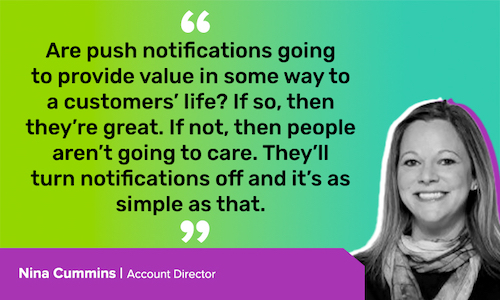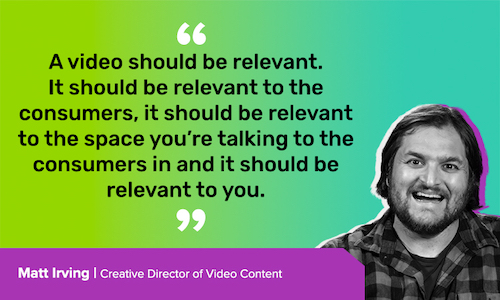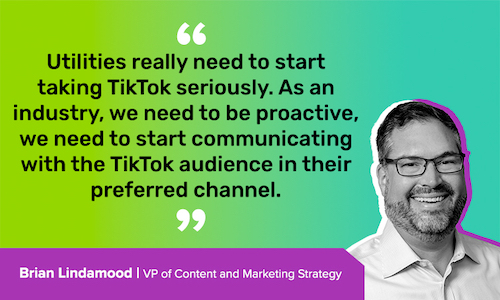Marketers across all industries face the ongoing challenge of managing marketing initiatives with a conscious budget. For utilities, this challenge often means a lack of time and bandwidth, technology restraints, competing priorities and more.
However, utilities can still make a significant marketing impact by strategically addressing these challenges. With careful planning and innovative approaches, utilities can achieve substantial marketing results, even with a conscious budget.
Understand Your Audience
Before you can effectively market to customers, you first need to understand them. Knowing your customers’ needs, interests and how your utility can provide value to them is the first step in creating an impactful marketing strategy.
Identify what your team wants to accomplish with your marketing efforts and make sure it aligns with your customers and the utility’s overarching goals. Whether the focus is on increasing customer engagement, promoting conservation or driving program participation, clear objectives will guide your strategy and help decide where you allocate your budget.
Leverage Different Marketing Initiatives
While it may seem that marketing always requires a large budget and an expansive team of experts, the reality is that not every company has that luxury. There are many cost-efficient ways to reach customers and affordable marketing solutions that can showcase your utility’s offerings, including through:
- Digital
- Social Media
- Content
- Community Engagement
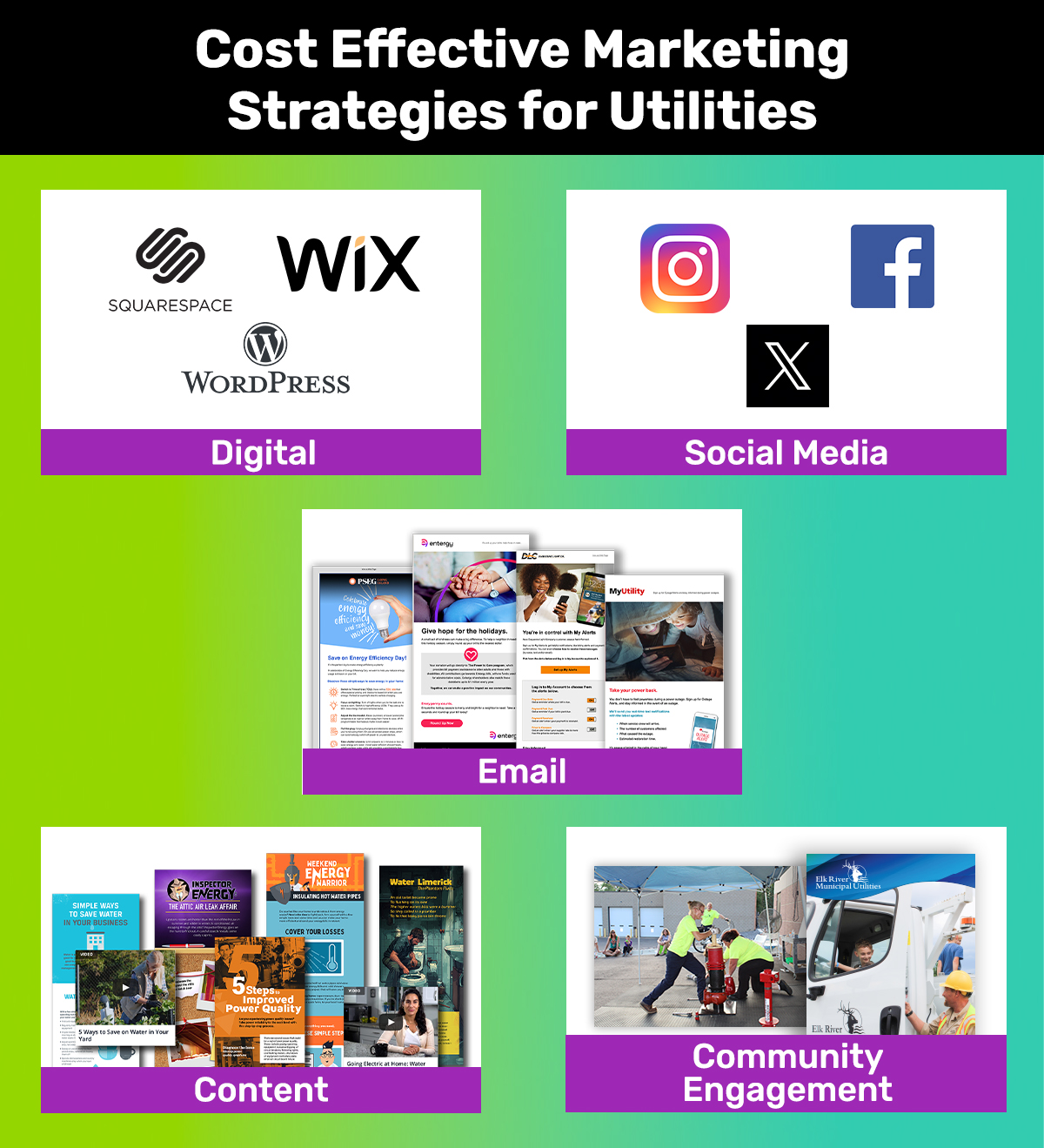
Digital Marketing
There are many inexpensive digital marketing strategies for utilities with a conscious budget. To start, ensure that your website is professional and up to date to maintain relevance. Platforms like WordPress, Wix and Squarespace offer user-friendly templates compatible with mobile and desktop at an affordable cost.
Your utility can also take advantage of search engine optimization (SEO) to bring people to your website and other pages. While SEO can be expensive, tools like Google Ads Keyword Planner or Yoast SEO are affordable ways to drive organic traffic. By optimizing your website and content for search engines, your utility can improve your visibility in search results, driving organic traffic to your site without the need for additional advertising costs.
Social Media Marketing
Social media is a powerful marketing tool for your utility to leverage. Platforms like Facebook, Instagram and X are free and widely used, providing an effective way to reach customers with a conscious budget.
While your utility can opt for paid ads, organic social media marketing offers an affordable marketing solution while still achieving a significant impact. Remember, consistency is key to maximizing your social media presence. Regularly sharing important, timely and valuable information with customers shows you care about them and helps enhance customer engagement in the long run.
When it comes to creating design images on social media, your utility can take advantage of free tools such as Canva and Adobe Express. These tools include ready-to-use templates for various social media platforms, and both have free and paid versions.
Email Marketing
Email is one of the primary affordable marketing solutions to use to your utility’s advantage. With email marketing, your utility can reach a wide audience while on a conscious budget. Connect with customers via email and share important information, such as educational content, recommendations for programs and services and timely updates.
Your utility can use targeting capabilities to segment your audience based on specific criteria, and then tailor messages to meet their needs and interests. Additionally, email marketing platforms often come with built-in analytics, so your utility can track the performance of your campaigns and make data-driven decisions.
While many email marketing programs offer free versions of their services, this is something your utility will want to invest in if it’s looking to make an impact with customers. It’s important to understand which platforms will be most valuable for them and subsidize your budget accordingly.
Content Marketing
Content marketing is an impactful way to position your utility as a thought leader and trusted resource to customers. Develop valuable and informative content to educate and engage your audience. Consider various formats, such as blogs, infographics, videos and more to engage with your customers.
For utilities on a conscious budget, utilize cost-effective content creation strategies, like repurposing existing content or reusing successful materials year-over-year. These methods allow you to amplify your outreach and engagement without requiring significant additional investment.
Additionally, partner with service vendors like Questline Digital, who offer content credits, allowing your utility to set its own budget and purchase content when it would be most helpful.
Community Engagement
Community engagement offers a unique opportunity to extend your utility’s reach and impact while on a budget. Collaborating with community partners like the local government, schools or non-profit organizations can be a cost-efficient way to spread the message about your utility’s programs and services.
Your utility can also make an impact by hosting community events and webinars. These events allow customers to learn about important utility topics, available programs and services and get their questions answered. Events don’t have to cost an arm and a leg, either. Utilize the resources and partners you already have to make budget-conscious decisions that can make a big impact.
For example, Elk River Municipal Utilities (ERMU) collaborated with its community partners City of Elk River Housing and Redevelopment Authority and the Tri-County Action Program (Tri-CAP) to increase awareness and program enrollments for residents facing financial hardship.
Community engagement is a budget-conscious way to increase visibility and foster strong relationships, reinforcing your utility’s commitment to serving its residents.
Consider Cost-Effective Advertising
Advertising doesn’t always have to be expensive. Look out for resources and leverage free and low-cost advertising to further extend your marketing efforts without significant additional cost. One approach to use to your utility’s advantage is pay-per-click (PPC) advertising. PPC is highly efficient, allowing you to set spending limits and only pay when users click on your ads. Your utility can always start small with paid advertising and build upon those efforts.
Don’t forget to explore local media and sponsorships. Partnering with local newspapers, TV and radio stations, community events or sponsorship opportunities can increase your reach and impact. There are many affordable marketing solutions for utilities looking to maximize value while maintaining a conscious budget.
Measure and Optimize Your Strategies
Continuously track the performance of your utility’s marketing efforts to ensure you’re on track to meet your goals and objectives. For utilities with a conscious budget, consider using free tools such as Google Analytics to your advantage and monitor website performance and user behavior.
By analyzing key performance metrics such as website traffic, open rates, click-through rates, engagement rates and more, your utility can gain valuable insights into campaign effectiveness, further helping your utility to decide where to spend its budget.
Implement A/B testing for continuous improvement, comparing different strategies to identify the most effective approaches. Use these insights to adjust your marketing strategy and optimize effectiveness for future marketing efforts.
Maximizing Impact with Minimal Spend
Marketing with a conscious budget presents challenges, but it doesn’t mean your utility can’t achieve great results. By developing an understanding of your audience, adopting a multifaceted marketing approach and leveraging innovative tools and resources, your utility can drive impact, boost customer satisfaction and build strong customer relationships – all within a cost-effective framework.
